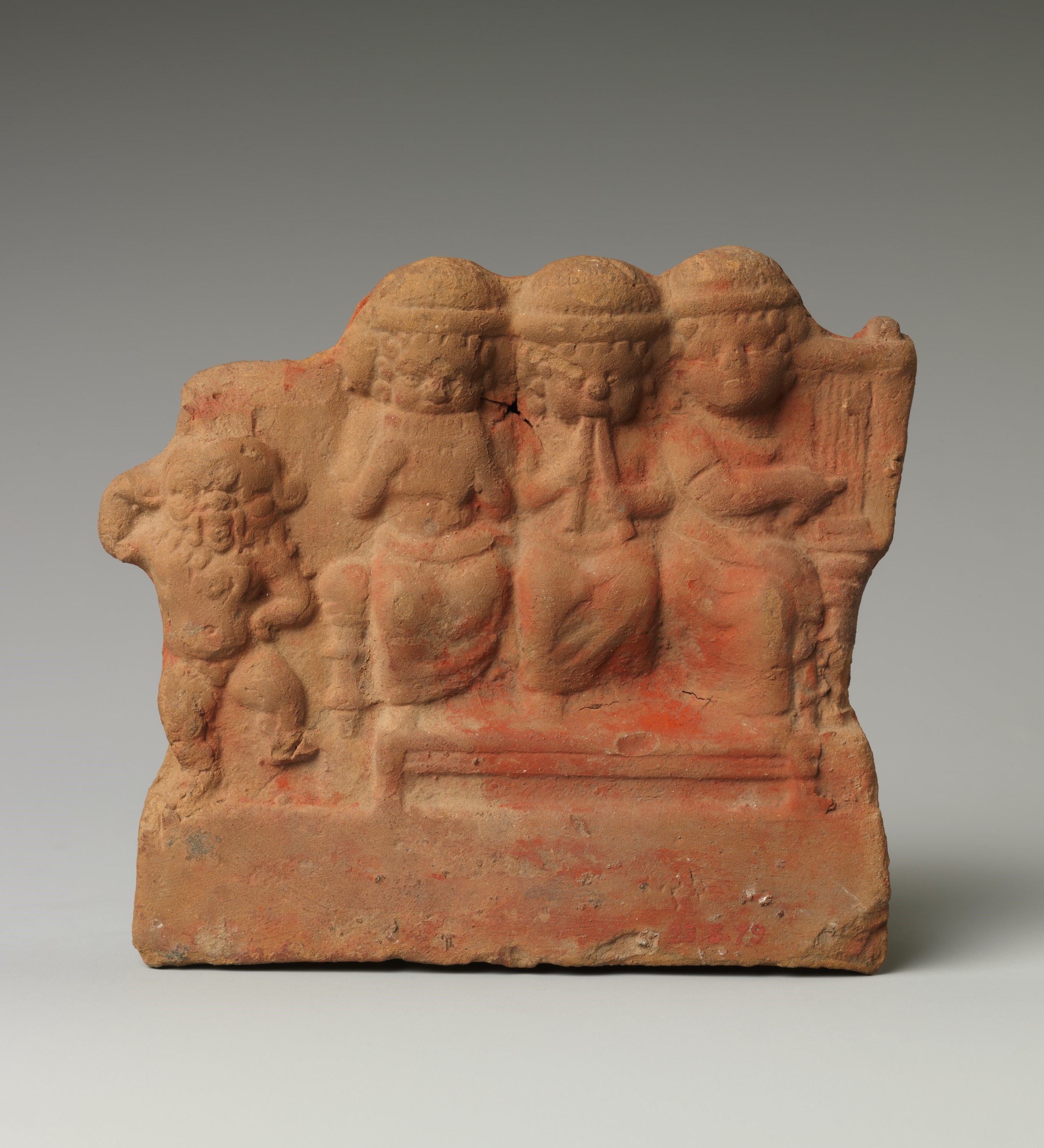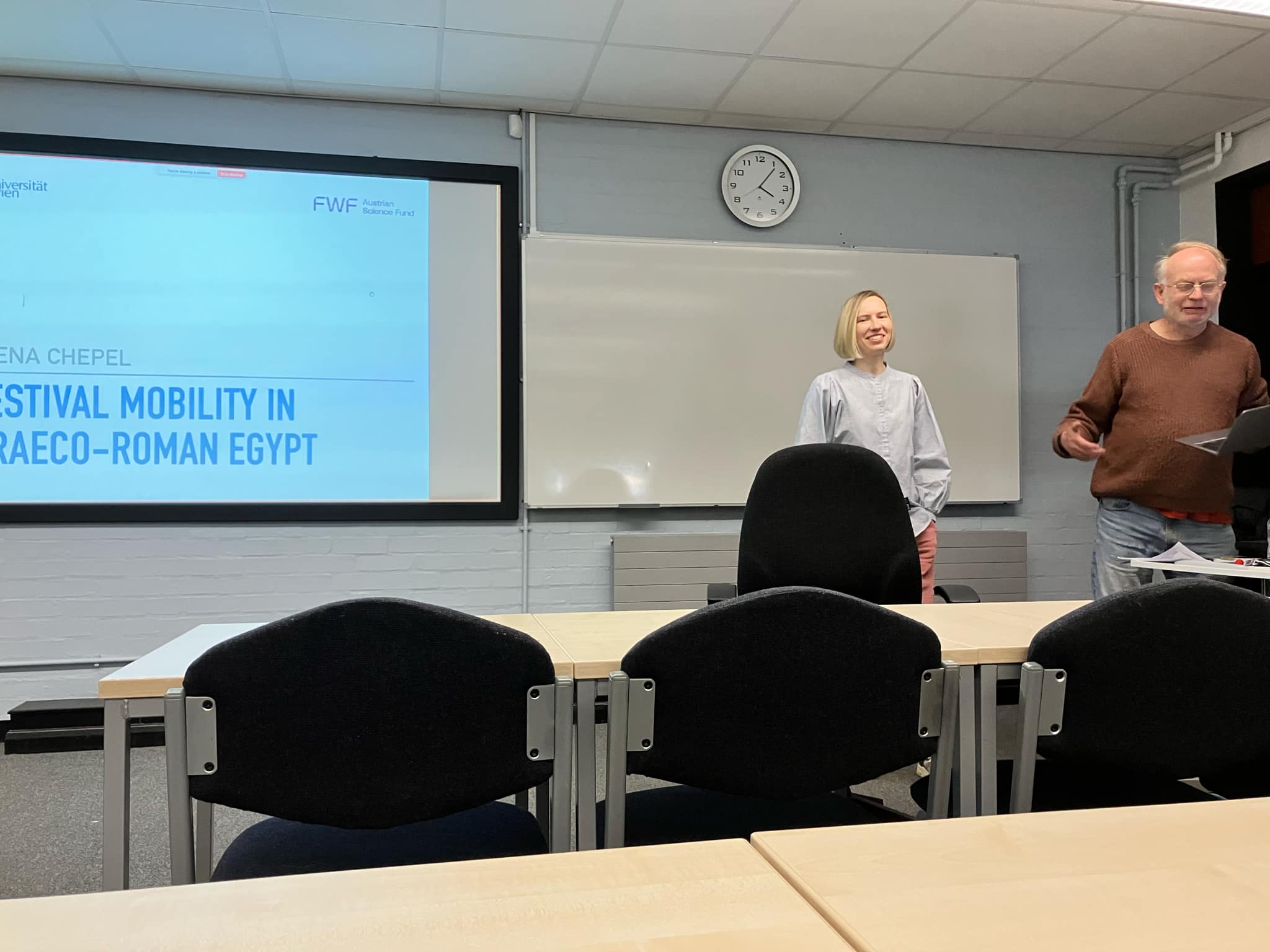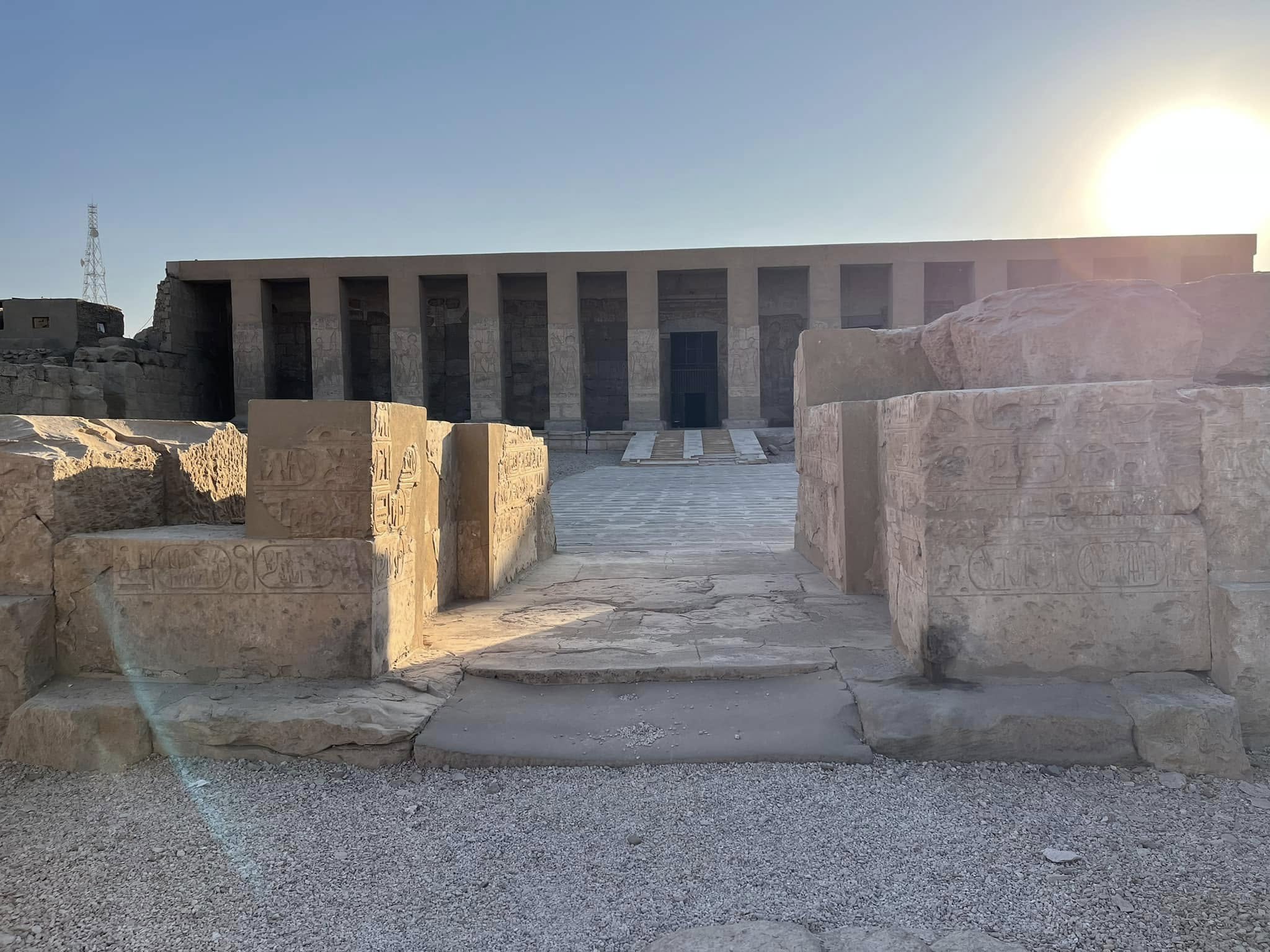On March, 20, I presented my research on festival mobility in Graeco-Roman Egypt at the Research Seminar of the Department of Classics at the University of Reading. My paper, chaired by Prof. Ian Rutherford, explored new evidence of religious travel to Abydos, contextualising it within papyrological and literary sources.
Among papyrus documents, I discussed a business letter from the Zenon archive, which reports that local workers were absent due to a religious festival at the Labyrinth. This site, located in Hawara in the Fayum, was actually a mortuary temple of Pharaoh Amenemhat III, similar to the Temple of Seti I in Abydos. It was visited already by Herodotus, who admired it even more than the Great Pyramids of Giza.
Show more
Three weeks ago, I visited Abydos for the first time — a place that has captivated travellers for thousands of years. As one of the most significant religious centres of ancient Egypt, Abydos was renowned for its cult of Osiris, the god of death and rebirth. The earliest temples here date back nearly 5,000 years, and worship continued at the site until at least the 4th century CE. Later, as often happened in Egypt, a Christian monastery took over the sacred ground.
Today, the main attraction for visitors is the stunning Temple of Seti I. Everything about it is breathtaking — the architecture, the interplay of light and shadow, and, most of all, the intricate reliefs and hieroglyphs that cover its walls. It’s easy to imagine that ancient travellers were just as awestruck as I was, which might explain why so many left their mark — literally. They carved their names into the temple walls, ensuring their pilgrimage would be remembered and securing the blessing of the gods.
The aim of
Show more




